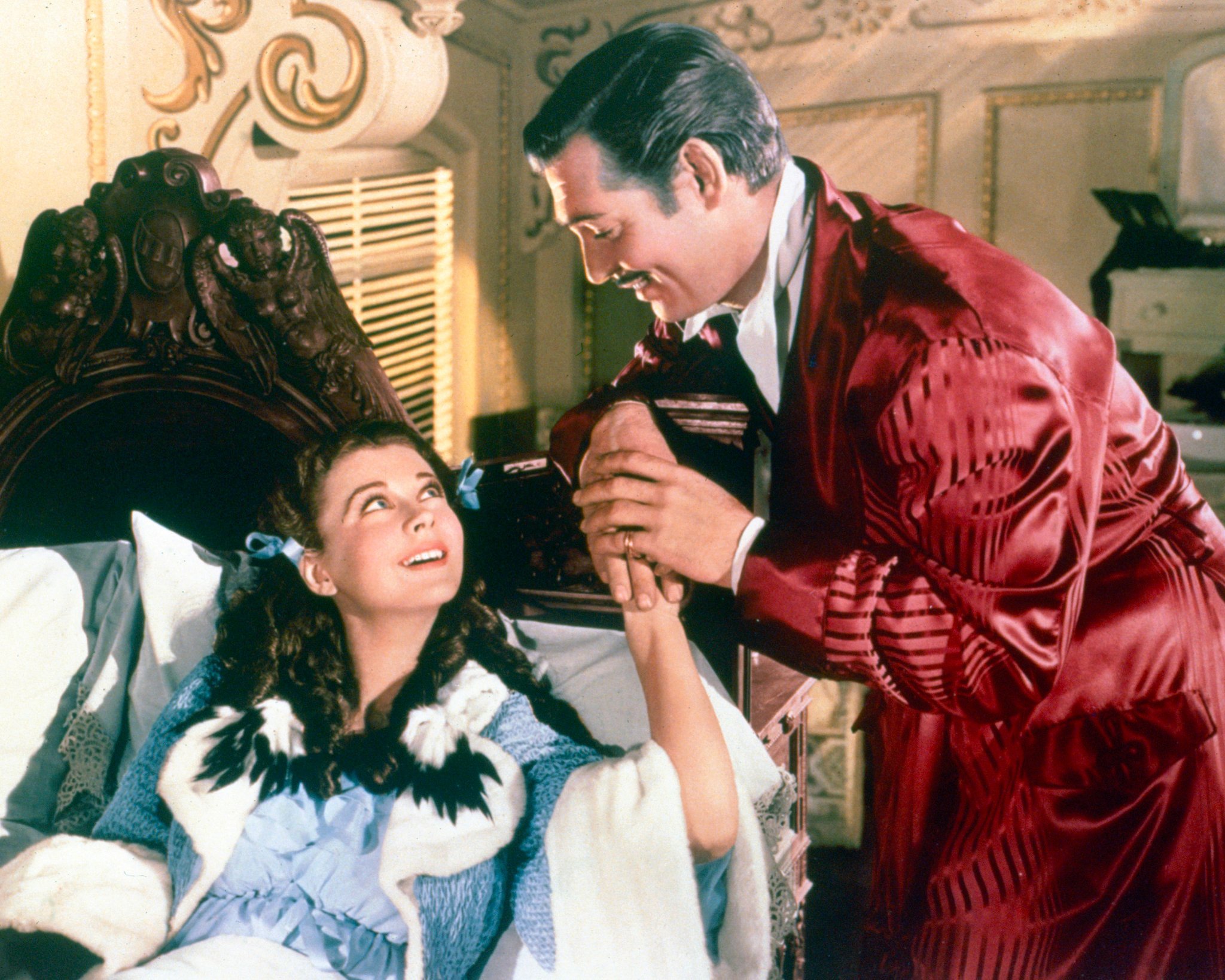A Short History of Ribbons
I'll be a sport and have a go at that old song
Singing unabashed, 'bout them city girls
With their ribbon bows and their fancy sas'
Ribbons had a moment in 2023.
Increases in searches for “bows” year-over-year on Pinterest, collected by Business of Fashion
But it wasn’t all without contention.
Fashion writer Rian Phin has been at war with coquettes and their defenders for criticizing the inherent infantilizing characteristics of ribbons, which in modern system of symbols signify "girlhood" & "femininity".
First, ribbons are old, ancient, even. Elizabeth Barber writes in "Prehistoric Textiles" that "dancers waved strips of fabric while performing" in the Middle Bronze Age. Evidence of ribbons were even found at Çatalhöyük, a Neolithic site in Turkey dated 9000 years ago.
Picture of Çatalhöyük
The modern ribbon had little to with femininity. Originating in the 16th century, the finished edge (selvedge) ribbon we know was first worn by noblemen in the English Parliament. The Order of Garter wore a mantle tied with 2 ribbons on the shoulders.
Knights of the Order of Garter, pictured in 2006
The ribbons are still worn today by the Knights. This picture below is from 2006. Prince Albert, husband of Queen Victoria, is seen below in the graphic also adorned with white ribbons on a mantle from the Order of Bath.
Prince Albert, husband of Queen Victoria
Henry 2nd Duke of Newcastle
Amongst "men of taste" ribbons are highly popular from the end of the 16th century all the way to the 17th. The Lovelock, a ribboned lock of hair symbolizing romantic attachment.
King Christian IV of Denmark (1577-1648) in true proto-coquette fashion.
“As the ruff disappeared in France and England, a preference for long, luxuriant hair for men returned. Some men wore a love lock at one side of the head, represented by a strand of hair tied with ribbon bows symbolizing a romantic token of a lady’s affection. Such well-groomed, shoulder-length hair cuts were as much an element of class distinction as fine clothing, with the emphasis being on well-groomed.”
— Daniel Denis Hill in The History of World Costume and Fashion (2011)
Henry II de Lorraine (1634) by Sir Anthony van Dyck
But the ribbon still wasn't "mainstream".
Two things make the ribbon skyrocket in popularity. First is technology: in 1530, the invention of the Ribbon Loom, in Danzig, allows multiple ribbons to be woven at once.
A "rubanier" or a Ribbon Loom
According to Italian clergyman Lancellotti, at first the loom is destroyed by traditional weavers fearing for their jobs. And the inventor is strangled to death.
The technology is not lost as the loom reappears in 1604 in Leiden and in 1610 in London.
But the most important accelerator for ribbons is none other than Louis XIV, the Roi-Soleil himself, who, simply by wearing them, turns them into an overnight must-have.
Louis XIV by Hyacinthe Rigaud (1701) wearing ribbon on shoulder and shoe
His son, Louis, Dauphin of France, truly ribbon-maxxing.
His son, Louis, Dauphin of France, truly ribbon-maxxing
At the time, men put ribbons everywhere. "Courtiers attached ribbons to hats, sword handles, shoes, sleeves, around the knees, and even to the lower bodice front, where yards of ribbon loops emphasized the wearer's masculinity."
In "Louis XIV & Versailles" (1987), Diane de Marly gives a further example of how important ribbons are for men. Apparently, "the Marquis de Louvois and the Marquis de Villeroi would shut themselves up in a chamber for days discussing the best placement for a ribbon on a suit."
It isn't until the end of the 17th century that men move away from ribbons. The shift is mostly driven by a migration in men's fashion towards three-piece suits and a more sober fashion which coincides with the end of Louis XIV's great reign.
Specifically, Louis XIV decreed that "at court, men were to wear a long coat, a vest or waistcoat, a cravat, a wig, and breeches gathered at the knee, as well as a hat for outdoor wear. By 1680, this more sober uniform became the norm for formal dress."
Women, on the other hand, continued to wear ribbons. And they continue to do so on and off until now.
Portrait of an Unknown Couple by Bartholomeus van der Helst (1661)
We see a first resurgence in ribbons in the middle of the 18th century in Victorian fashion as ribbons are used to trim dresses. Specifically, the stomacher trims, or "échelle" in French, used to close the front of the dress.
18th century fashion illustration
During the Victorian era, women's proclivity for braided hair serves a playground for different ribbon styles.
19th century Parisian hair costumes
In the early 19th century, ribbons become popular again as the Jacquard technology is adapted for use with ribbon looms. The loom is quickly adopted by weavers in Saint-Etienne who develop further ribbon styles and colors as social identifiers, such as Catholic vs Protestant.
More importantly, adult women and young girls alike can be found wearing ribbons in images and archives. See below from 1910.
Fashion catalog from 1910
Our association between girlhood and ribbons most likely stems from recent media. Characters such as Dorothy from “The Wizard of Oz” (1939) or Scarlett from “Gone With the Wind” probably influenced the later costumes of more recent young girls like “Anne of Green Gables” (1985)
Dorothy from The Wizard of Oz
Scarlett from Gone with the Wind
Anne from Anne of Green Gables
From Sandy Liang to Simone Rocha, why are ribbons so popular now? Are we entering a neo-rococo era led by an extravagant regent? Do they represent an increase in romantic love? Has the technology for their production changed? Or are we simply longing for the purity of girlhood? Or a secret fifth thing?





















